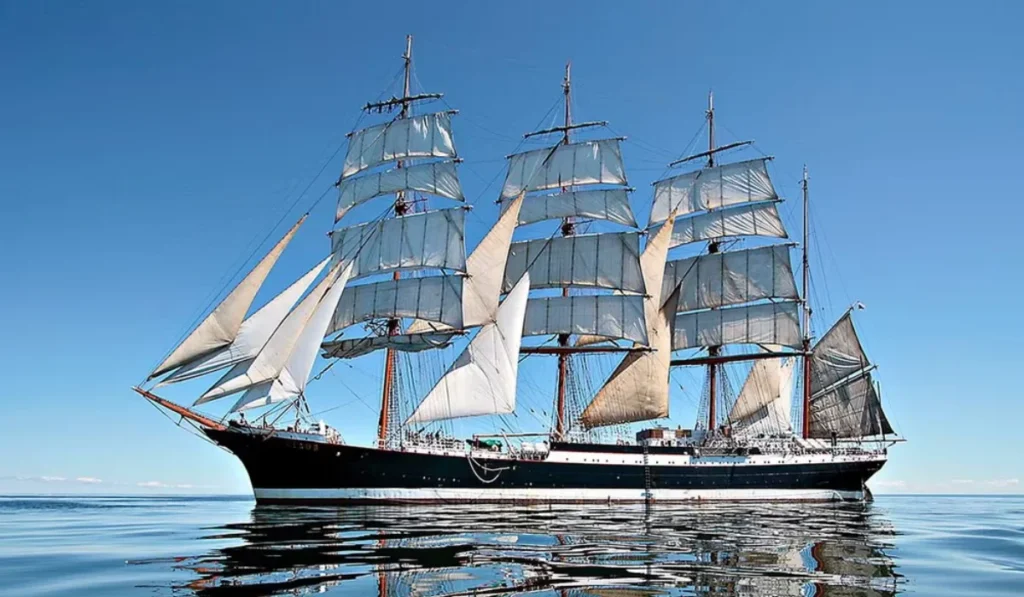Skipene, or ships in English, have been an integral part of human civilization for millennia. These vessels have facilitated exploration, trade, and warfare, shaping the course of history in profound ways. From ancient wooden vessels to modern steel behemoths, the evolution of skipene is a testament to human ingenuity and technological advancement. In this article, we delve into the fascinating world of skipene, examining their history, types, construction, and significance in various cultures.
1. Origins of Skipene
The history of skipene traces back to ancient times when early humans crafted primitive boats for fishing and transportation. Archaeological evidence suggests that some of the earliest vessels were made from hollowed-out logs, dating back tens of thousands of years. As civilizations developed, so did shipbuilding techniques, leading to the construction of more sophisticated vessels capable of traversing oceans.
2. Evolution of Ship Design
Over the centuries, ship design evolved significantly, driven by advancements in navigation, propulsion, and materials. From the sleek triremes of ancient Greece to the mighty galleons of the Age of Exploration, each era produced ships tailored to the specific needs and challenges of the time. Innovations such as the invention of the sail, the development of hull designs for speed and stability, and the introduction of steam power revolutionized maritime travel and warfare.
3. Types of Skipene
Skipene come in various shapes and sizes, each designed for specific purposes. Traditional classifications include merchant ships, naval vessels, fishing boats, and pleasure craft. Merchant ships, such as cargo carriers and container vessels, are essential for global trade, while naval vessels like battleships and aircraft carriers play a crucial role in defense. Fishing boats are specialized for harvesting marine resources, while pleasure craft cater to recreational boating enthusiasts.
4. Construction Techniques
The construction of skipene requires skilled craftsmanship and a deep understanding of naval architecture. Traditional shipbuilding techniques often involved the assembly of wooden planks using techniques like clinker or carvel construction. In modern times, steel has become the primary material for shipbuilding due to its strength and durability. Advanced methods such as welding and computer-aided design have streamlined the construction process, enabling the creation of larger and more complex vessels.
5. Cultural Significance
Skipene hold immense cultural significance in societies around the world. In maritime nations, such as Norway, Japan, and the Netherlands, ships are celebrated as symbols of national identity and heritage. Festivals, ceremonies, and rituals often pay homage to the maritime traditions that have shaped these societies for generations. Additionally, skipene feature prominently in art, literature, and mythology, serving as inspiration for countless works of creativity and imagination.
6. Challenges and Innovations
Despite their importance, skipene face numerous challenges in the modern world, including environmental concerns, piracy, and geopolitical tensions. Climate change poses a significant threat to maritime ecosystems, while piracy remains a persistent problem in certain regions. However, technological innovations such as autonomous vessels, renewable energy sources, and improved safety measures offer promising solutions to these challenges, ensuring the continued relevance and sustainability of skipene in the 21st century.
7. The Future of Skipene
As we look to the future, skipene are poised to continue playing a vital role in global commerce, transportation, and security. Advances in technology, coupled with a growing awareness of environmental sustainability, will shape the next generation of ships. From electric-powered cargo ships to autonomous drone vessels, the possibilities for innovation are endless. However, as we embrace new technologies, it is essential to preserve the rich maritime heritage that has defined human civilization for millennia, ensuring that skipene remain a source of inspiration and exploration for generations to come.

